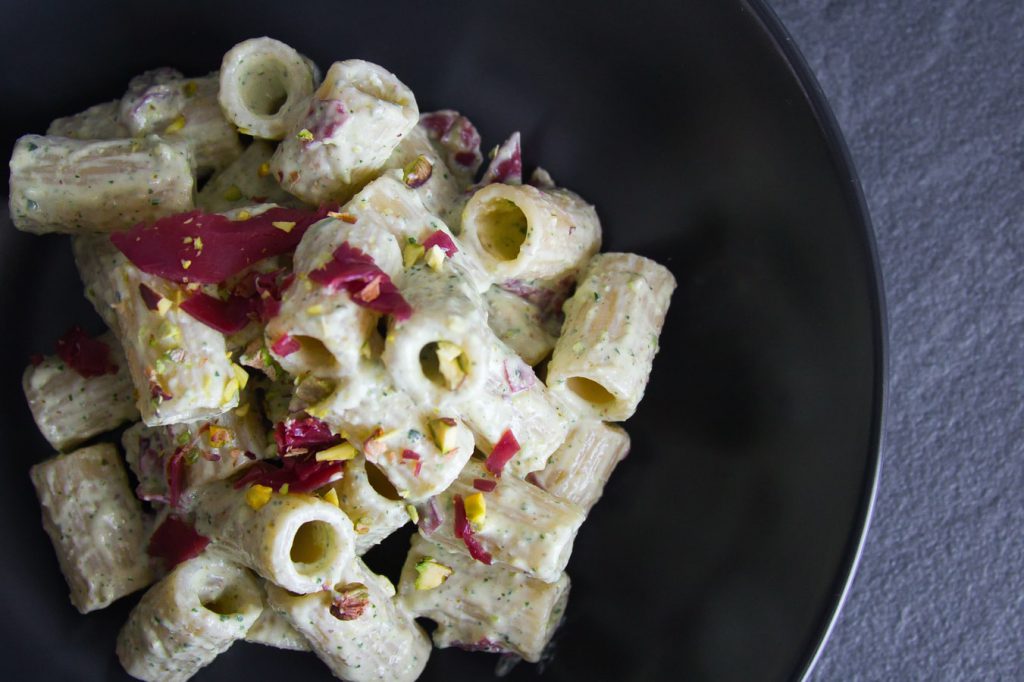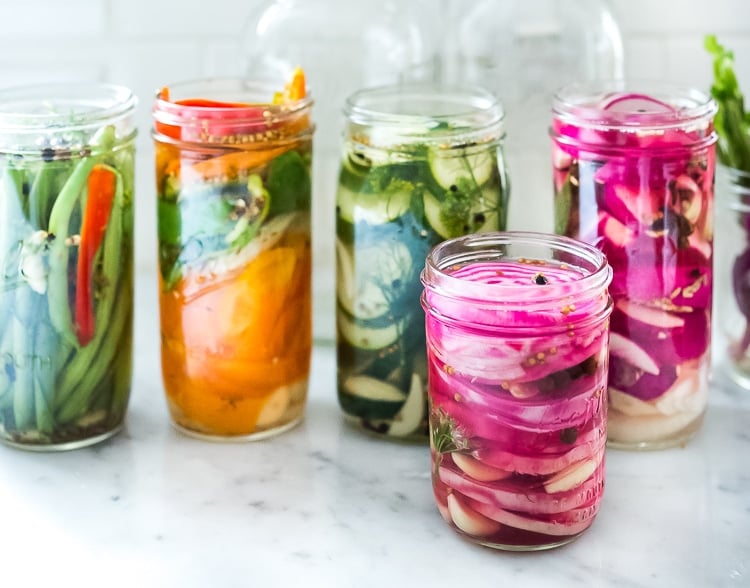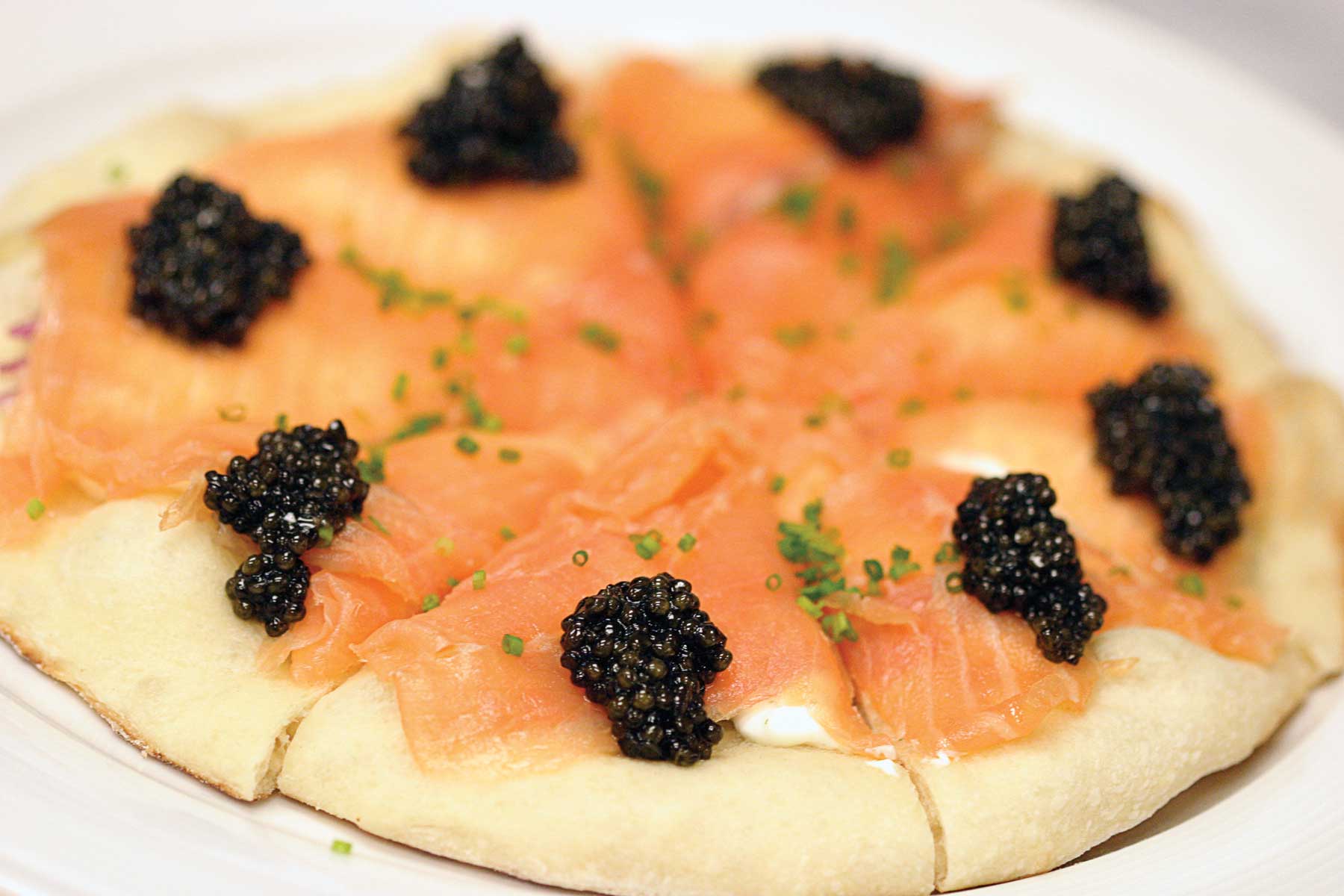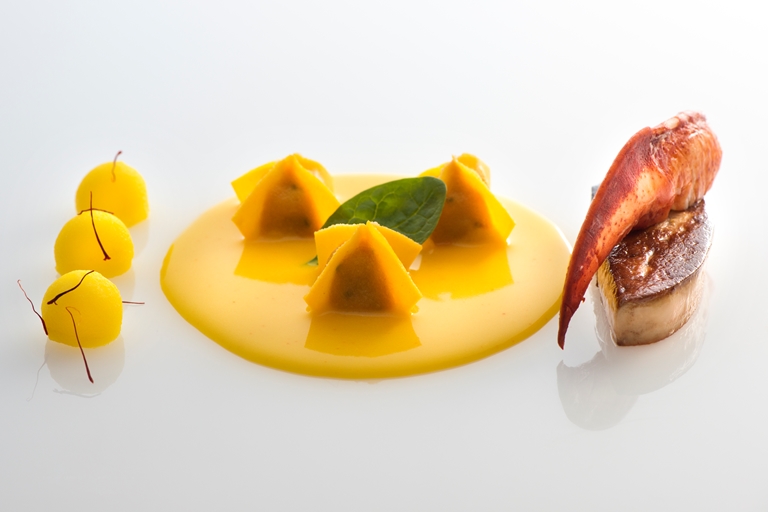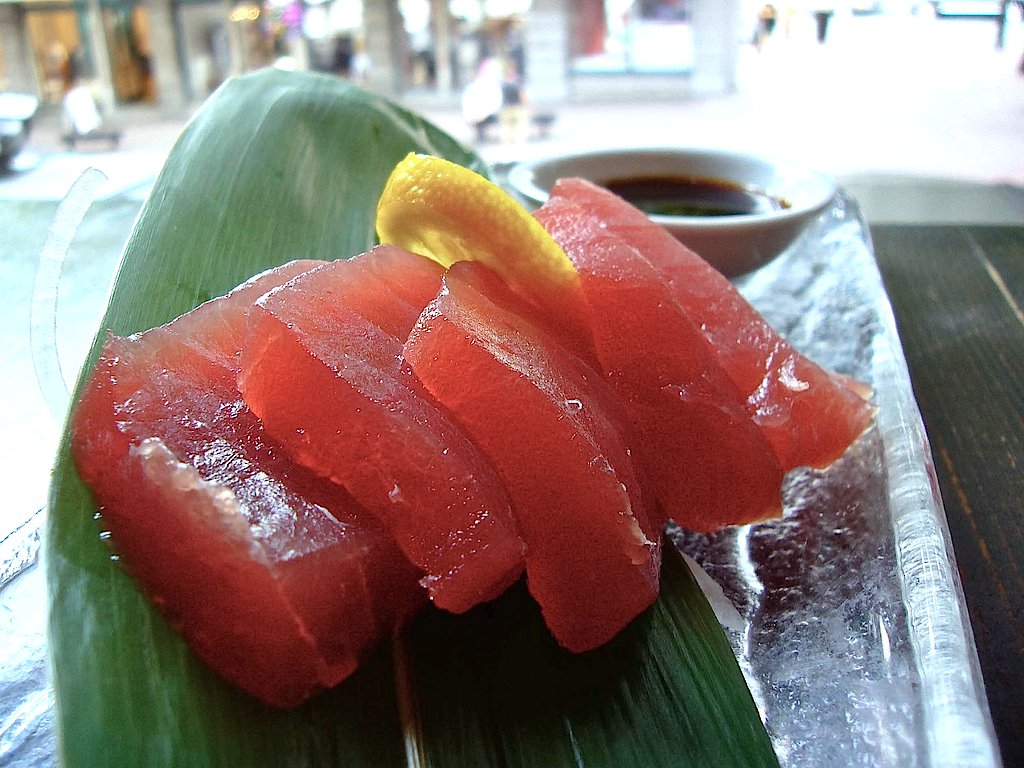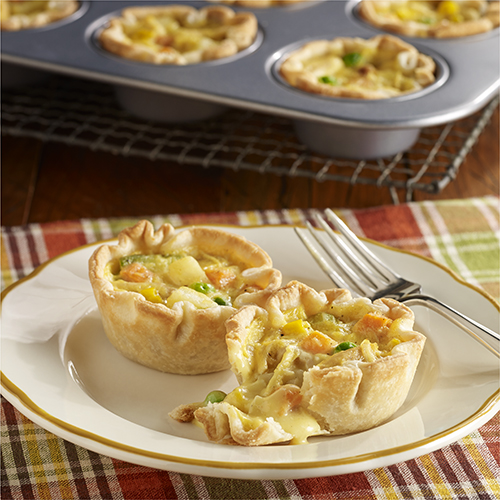Modern Spanish cuisine differs in every region of the country. People in Spain do not have universal recipes, hence almost every community adopted its way to cook the same dish. Even so, all Spanish cooks have common habits. The things that do not vary across the country are heavy usage of olive oil and garlic, adding herbs (thyme, oregano, and rosemary), and flavoring with vegetable sauces.
Consequently, despite the different tastes and recipes, there are still common dishes that Spanish people eat. Those are the dishes that the whole world knows and loves. Which are the five most popular meals to try in Spanish cuisine? Read below.
Gazpacho
One of the most popular dishes in Spain is gazpacho. The spreading of the meal started from Andalusia (southern region of Spain), and slightly different recipes are prevalent in Malaga and Cordoba regions. Despite the differences in the recipe, tomato and green pepper are the two main ingredients in this cold (rarely hot) soup. In some variations, watermelon is the main ingredient. It always has a liquid base with vegetables such as tomatoes, cucumbers and pepper, which are blended with olive oil, garlic, and onions. Interestingly, despite its liquid base, Spanish cookbooks distinguish the dish as a salad. Other recipes include bread and almonds or vinegar. It may also be served with diced hard-boiled eggs.
Paella
The gastronomic heritage of Spain also includes paella. Although mixing rice with meat or vegetables is widely popular in Arabic, Indian, and other traditional cuisines, experts recognise paella as Valencian food (eastern coast of Spain).
The legend says that the dish was invented by a servant at the royal palace who put together the left-overs from a banquet in a big owl. However, the modern version of the dish was created by field workers near Valencia, who would add vegetables and meat to their rice during lunch.
Today the most common way to cook paella is by mixing boiled rice with saffron, vegetables, and different types of meat or seafood. In Spain, people traditionally cook it in a large round pan on an open fire and eat it right out of the pan.
Tortilla Española
Tortilla española or Spanish omelette started its history during The Carlist wars in the 19th century. It became popular among Spanish people due to the cheap and available ingredients that tortilla requires. Adding potatoes to the omelette made the dish more nourishing and affordable.
You can try tortilla españolain in almost every Spanish restaurant today. Although additional ingredients may vary in some regions, the base of tortilla española consists of potatoes, eggs, onion, salt, and olive oil. It perfectly goes as the main course or a simple snack and can be eaten at any time. Another great advantage of Spanish omelette is the endless options of serving it. You can eat it hot or cold, with vegetables or sauces.
Pisto
Another well-known Spanish dish that is comparable to the French ratatouille is pisto. The word “pisto” itself came from the Latin word “pistus” (crushed). The dish was originally introduced in the central part of Spain, but later gained popularity all over the country and abroad. Although the initial recipe included only eggplants, garlic and olive oil, nowadays it consists mostly of tomatoes and bell peppers.
The ingredients for modern pisto:
- Tomatoes
- Green pepper
- Red pepper
- Zucchini
- Eggplant
- Garlic
- Onion
- Olive oil
- Sugar
- Salt
- Pepper
All the vegetables should be chopped or diced and then cooked in a pan. Cooks often serve pisto with warm bread or even cheese and fried egg. But generally, it is an excellent choice for vegans.
Churros
Sweet fried dough with liquid chocolate is widespread not only in Spain and Portugal but also in Mexico, Brazil, Argentina and other countries of South and Central America. Yet, the Iberian Peninsula has been considered as a place of origin for churros. Researchers are still arguing over theories of how churros were invented, but it happened in the 16th century.
Today, every Spanish-speaking country has its way of making them. For example, Spanish cooks cover churros with sugar and serve with melted chocolate. Mexicans use cinnamon and sugar for coating, and then top it off with chocolate, cream, or caramel.
Despite differences in serving and coating, the recipe of dough remains universal. You need water, melted butter, sugar, vanilla, eggs, cinnamon, and salt. Then, the dough is fried in sunflower oil.
To Sum Up
The Italian and French cuisines have been most popular around the world for many years. Which is unfair, considering the distinctive taste of Spanish dishes. Many of them are prepared today using the same recipes and ingredients as hundreds of years ago.
If you want to get acquainted with rich and interesting Spanish history, you should start with the cuisine of Spain.

